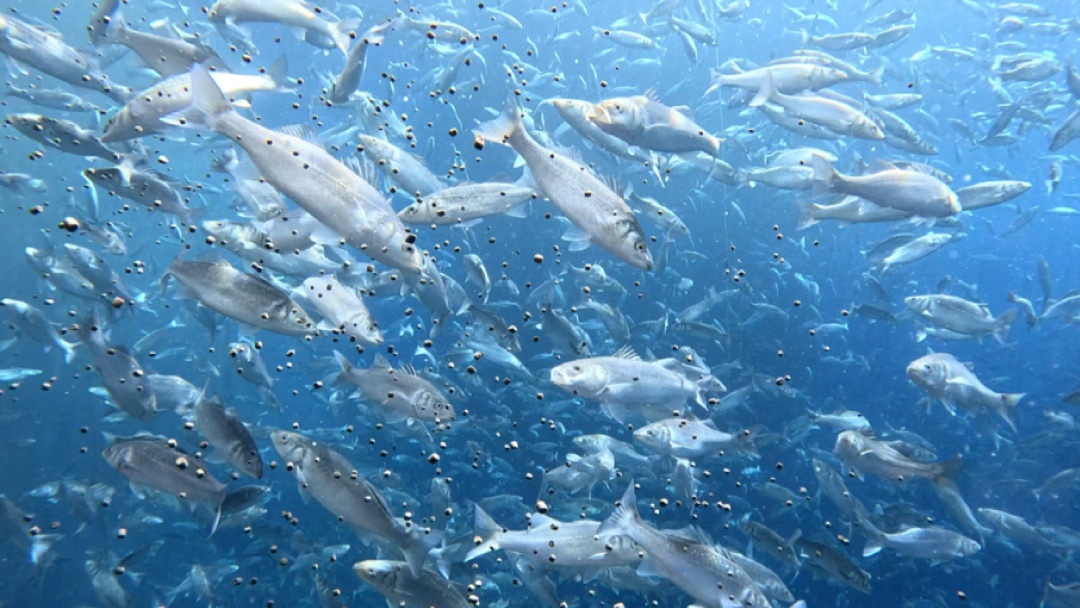
Exercise, particularly at species-specific optimal swimming speeds, helps regulate the stress response, supports brain plasticity, and fosters social cohesion in farmed fish. Similarly, exposing fish to predictable stress — such as routine handling paired with light or sound cues — can reduce anxiety by allowing them to anticipate disruption, encouraging more adaptive and resilient behaviour.
These are the central findings of a new review published in Reviews in Aquaculture, which presents a compelling case for incorporating resilience-building strategies into aquaculture practices. The study, led by Olivia Spiliopoulos from the University of Queensland, with contributions from Macquarie University and CSIRO, evaluates two key approaches: physical exercise and stressor predictability.
The concept of resilience, long studied in human psychology, is increasingly relevant in aquaculture. It refers to an animal’s capacity to adapt, recover, and thrive in the face of stress. “Rather than focusing solely on the absence of negative experiences, we need to consider whether fish have the capacity to actively overcome adversity,” the authors note.
The review highlights three mechanisms at the heart of resilience: stress coping, cognitive flexibility, and behavioural adaptability. Moderate, sustained swimming engages these systems, reducing cortisol levels and improving learning and memory. Predictable stress exposure — when carefully managed — can help fish develop proactive coping strategies, enhancing their ability to navigate and recover from challenges.
The evidence cited is drawn from studies on Atlantic salmon, European sea bass, and rainbow trout, among others. Findings suggest that fish exposed to structured swimming regimes and predictable stimuli show improved growth, stronger immune responses, and more stable behaviour — leading to tangible welfare and performance benefits.
These strategies are particularly well suited to land-based recirculating aquaculture systems (RAS), where flow rates, lighting, and environmental cues can be finely tuned. Exercise protocols can be implemented through controlled water currents, while predictable handling routines can be paired with visual or auditory signals to reduce stress and facilitate cooperation during husbandry tasks.
Beyond improving animal welfare, the authors argue that resilience-based enrichment may reduce operational costs and offer economic advantages. Better stress regulation can lower disease risk, enhance feed efficiency, and align production with growing consumer expectations for ethically farmed seafood.


